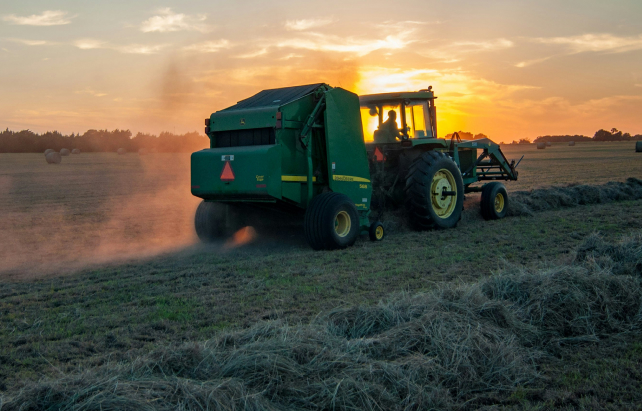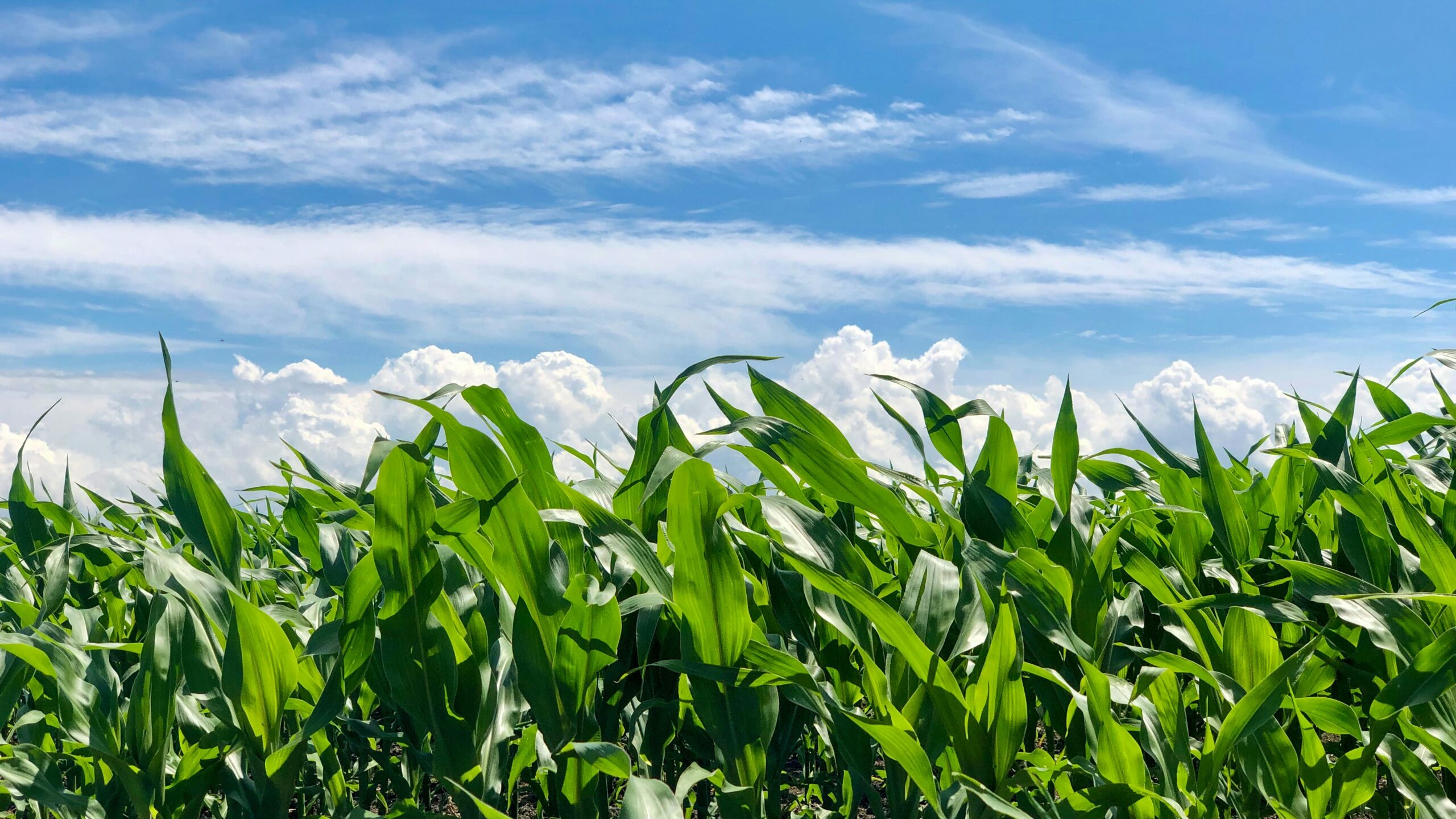Your lender meeting is on the horizon. In a year with high interest rates and higher lending costs, unpredictable commodity markets and costly inputs, it’s likely net farm income will get squeezed – making it trickier to find the capital you need to expand your operation.
So how do you make the most of your capital planning meeting and ensure a successful discussion? Come prepared to build lender confidence in your objectives and demonstrate what’s needed to achieve them.
Assess the impact 2023 decisions had on your financial position
Do a thorough examination of your previous year by creating an accurate updated financial statement. Yield results, marketed grain yet to be delivered, and loan balance statements show you are serious about knowing exactly where you stand.
The real value comes from comparing your updated statement with historical information by creating a financial trend, preferably 3-5 years back. In doing this you can pinpoint where strong capital decisions were made and where corrections are needed before moving forward. If you are staring at a $200,000 working capital loss and paid cash for a $350,000 tractor in the last year, it might be in your best interest to put the tractor on a note to bring balance to your finances.
Net worth losses from the previous year can be the result of poor yields and marketing, or worse an indication that expenses are too high. Determine where you went wrong and where you can be a better manager.
Know your breakeven across a range of scenarios
By now, you likely have a solid estimate of your tax return and know your production expenses. The biggest unknown will be revenue.
Map out a range of scenarios (high, low and expected) and factor your known production expenses against them. Understand how these scenarios affect your cash position (i.e., how much money you’ll have to play with, how much debt you can service).
For example, if you plant 3,000 acres of corn and it averages 210 bushels/acre, how much profit do you expect to make from each of those bushels. What’s your breakeven number? Or, if you expand your operating note, will you have the cash to service that debt and still preserve enough for a downpayment on any desired acres that come up for sale?
Outline your best expansion opportunities
Be prepared to discuss where you want to reinvest in your business or where you think you’ll have the most deal flow. Run scenarios on each of these, overlaying them against your working capital.
For example, if the right opportunity to buy ground or rent more land comes up, can you swing it? Do you have any big infrastructure projects that you want to execute? Are you going to need more cash for capital expenses?
Have one, three and five-year plans in place to keep your finances healthy for larger purchases that could be on the horizon. Be sure to understand how these investments affect your working capital, debt service coverage, and balance sheet.
Determine if you’re in a position to grow
Looking at these different scenarios will allow you to understand what opportunities are feasible and where you could run into issues. Plot out where these scenarios fall in the diagram below, and ask the following questions:

For example, if you are anticipating the need to purchase 160 acres from an aging landlord yet don’t have the capital on hand to finance the deal, you may want to consider tapping into your equity for the down-payment.
Likewise, if you are flush with capital and are aiming to close several land deals, how do you execute on these deals while still maintaining a strong capital position?
Explore how to access additional capital
As high interest rates and lower margins cut into working capital, it pays to understand how to tap into your equity. Additional debt isn’t the only option, or best option. Taking out a second mortgage comes at the cost of pledging more fields and increasing your debt service.
Farmers are increasingly turning to passive investor partners, like Fractal, that help farmers unlock the equity stored in their land while better preserving their working capital. Fractal provides farmers with capital by taking minority positions on field’s farmer’s currently own. Farmers stay on the title and in control of management decisions. In return, Fractal accesses land appreciation / depreciation while charging an annual premium.
Unlike debt, Fractal’s annual premiums are typically 4.3-5.1%, which is 2-3% less than interest rates today. Additionally, farmers have the flexibility in paying these premiums with cash or additional equity in case working capital gets tight. The investment is also tied to a single field – not the operation – limiting a farmer’s total exposure. Learn more about Fractal capital here.
As you prepare for your lender meetings, doing your homework ahead of time can ensure you and your banker create a solid capital plan to not just survive, but thrive.
Note this is not investment advice. The information contained should be used for informational purposes.
Authors: Steve Conaway & Grant Wiese
Steve Conaway is a real estate appraiser and analyst, and farmer of corn, beans, wheat, and grain sorghum in north Kansas.
Grant Wiese is a former ag loan underwriter and current ag lender who also farms corn and soybeans in Nebraska. For more great content, sign up for Grant’s weekly newsletter at www.farm640.com and follow Grant on www.X.com @gwiesefarms
LEARN HOW TO UNLOCK YOUR EQUITY
"*" indicates required fields
We hold your data in high regard. By submitting this form, you are consenting to the use of this information in compliance with our Privacy Policy.


